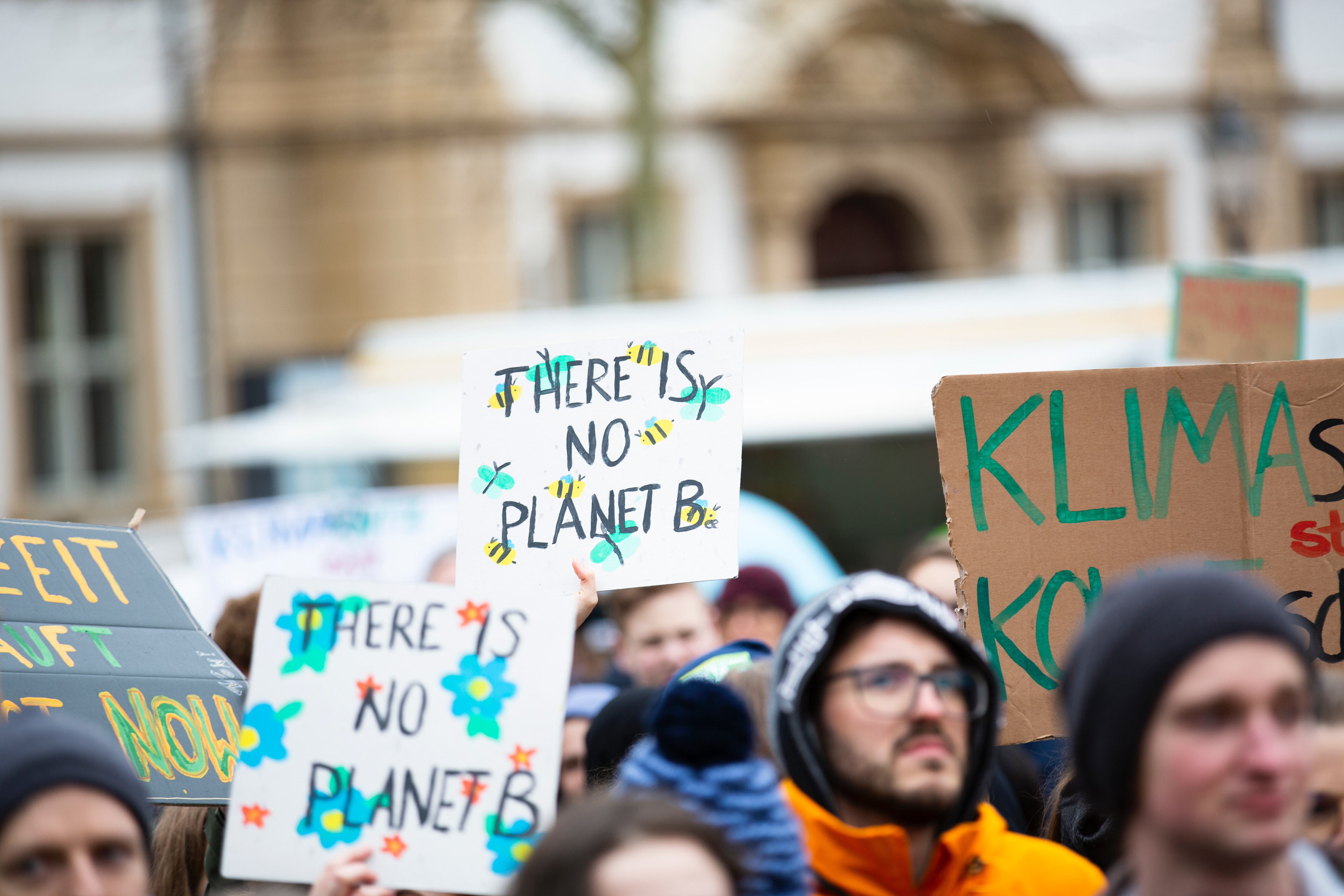It’s just another day in the lab: perhaps you’re culturing ten different cell lines in ten different plastic flasks, picking bacterial colonies with plastic tips into single-use plastic tubes, all while finalising your poster for that conference across the ocean. Have you stopped to consider the impact that your science has on the environment?
Scientific research has undoubtedly benefited society and helped raise standards of living through discoveries of how the universe works, and through the development of new technologies. However, the practice of science itself–even research devoted to environmental sustainability–is not always environmentally sustainable and in the long term, contributes to the climate catastrophe that could decimate humankind as we know it.
Fortunately, making research sustainable is not rocket science and here are some simple changes that can have a lasting impact.
Cut down on air travel
A large part of scientists’ carbon emissions come from travelling to conferences, often by air. For example, roughly a third of carbon emissions from the University of California-Santa Barbara and over fifty percent from ETH Zurich are caused by air travel. Perhaps more shockingly, a single large conference can be responsible for emissions equivalent to the annual carbon output of one thousand medium-sized labs. While travelling and networking is widely considered to be crucial for career development, the correlation between air travel and professional success is not so clear.
Clearly, we scientists need to cut down on our air travel. This can be done by choosing conferences that are nearer or by travelling to conferences by train or bus. When flying is the only option, linking multiple events and conferences into a single trip makes the most out of a single trip’s emissions. Other solutions include videoconferencing, switching to multi-location conferences (to reduce long-distance, ocean-crossing flights) and reducing the frequency of larger meetings. Using videoconferencing instead of travelling to conferences and meetings could reduce the climate impact of a PhD by 44%.
Simply keeping Ultra-Low Temperature freezers at -70°C instead of -80°C can reduce energy usage by up to 40%.
Go back to glass
Experimental science contributes to plastic pollution through the widespread use of sterile, single-use plastics. Worldwide, 20,500 institutions use disposable plastic for research in the fields of agriculture, biology, or medicine. Strikingly, nobody actually knows how much plastic waste is generated by research labs across the globe. A back of the envelope calculation by Mauricio Urbina from the University of Exeter, UK, suggested that roughly 5.5 million tons of plastic waste were produced by research labs in 2014. This would account for 2 percent of all plastic waste produced annually. Scientific waste frequently needs to be further processed before disposal (such as by autoclaving) and this often excludes the possibility of recycling.
This year the eLife Ambassadors are running a “Lab Waste Day” campaign on social media to generate awareness among scientists about the amount of non-recyclable waste we generate in our labs every single day. Please do join in!
However, small steps are being taken. Organisations such as TerraCycle and Kimberly-Clark have begun to offer glove recycling. Companies such as NEB and Sigma-Merck offer styrofoam take-back programmes, where styrofoam packaging is then reused. Unfortunately, many such programmes are only available in select countries and are not widely implemented at the institutional level.
Glass alternatives to plastic products are also available, such as glass petri dishes and glass tubes for bacterial growth. In addition to being more sustainable, these alternatives are not much more expensive than their plastic counterparts – their cost can be made back by using them approximately ten times.
From -80 to -70
Next, the operation of scientific equipment can be energy intensive. Simple measures to better organise freezers and optimise freezer temperatures can decrease energy usage significantly. For example, the Freezer Challenge movement is encouraging scientists to optimise freezer management within laboratories, to minimise freezer usage and to ensure that samples are stored at energy efficient temperatures. Simply keeping Ultra-Low Temperature freezers at -70°C instead of -80°C can reduce energy usage by up to 40%. In fact, implementing these tips can even reduce costs. Gaia Bistulfi from D’Youville College, New York estimated that she reduced 40% of her research costs by being ecologically aware at the bench.
Collective action
However, changes at the personal or the lab level are far from enough; institutional change is essential to have a lasting impact. For example, forming sustainability committees and working groups are a great way to bring like-minded scientists together, to create awareness amongst colleagues and initiate changes on a larger scale. It is heartening to see such committees in various institutes trigger influential change, such as the elimination of single-use plastic cups from water stations and the introduction of ‘bring your own container’ for takeaways from catering outlets that Greening Imperial has achieved.
Climate change denial is in many ways an affront to science and the scientific method.
Talk, vote and stand for science
And yet, scientists need to think on an even larger scale to truly make a difference in the climate crisis. Climate change denial is in many ways an affront to science and the scientific method. The clear lack of scientific evidence to support the perspectives of climate change deniers, together with lobbying and advertisements to sway public opinion using emotion and misrepresentation, goes against scientific ethos of drawing conclusions based on evidence. Scientists should not let this slide, especially when the future of the world is at stake.
The climate crisis requires concerted political action from governments around the world. While Greta Thunberg is calling for us to unite behind the science, it is also time for scientists to unite behind the political and social movements that will be required to mitigate the impacts of climate change. Groups such as Scientists For Future have expressed their support for youth-driven political movements such as Fridays For Future. Participation in the worldwide strikes and activities from 20th to 27th September to show our support for the political movement will play a role in raising these issues to governments around the world.
Participation in political processes is crucial. Staying educated about the positions of candidates on environmental issues and voting accordingly, signing petitions and providing feedback to elected officials, governmental institutions and organisations that strive to improve their environmental sustainability are actions all scientists should engage in. Scientists should run for public office to bring fact-based decision-making into government. Finally, scientists ought to encourage others to educate themselves on relevant issues and vote. Simply speaking to friends and colleagues about environmental issues can help raise awareness–the first step to coming up with and implementing solutions.
It is time for scientists to step forward and take the lead on climate change. Just thinking twice about the sustainability of your next conference, redesigning your experiment for sustainability or initiating a discussion amongst friends or colleagues could start you on the journey to minimising the environmental impact of your science.
Samantha Seah is an eLife Ambassador and a PhD student at EMBL Heidelberg specialising in droplet microfluidics.
Bente Benedict is an eLife Ambassador and a PhD student at the Netherlands Cancer Institute specialised in cancer biology.
This is the first of a series of blogposts discussing what scientists can do to improve environmental sustainability.





